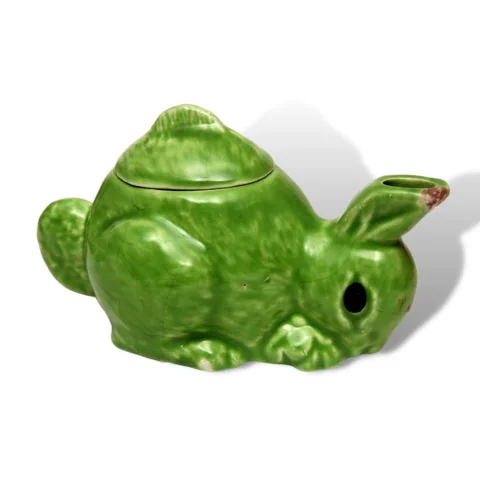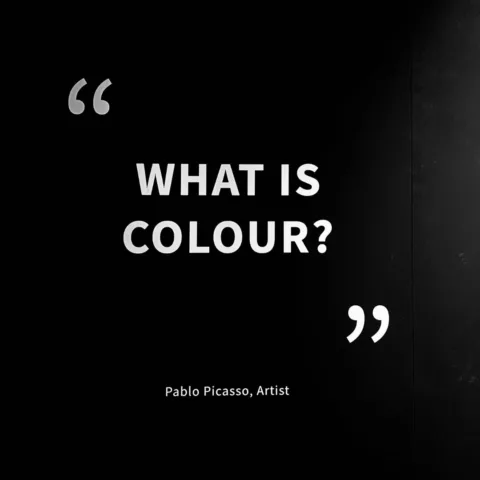The Bowes Museum Blog

Plate Depicting the Execution of Louis XVI
Our chosen object is a commemorative plate depicting the execution of King Louis XVI in January 1793. An extremely significant event in the revolution, this plate was a decorative object for people to collect and show their devotion to Revolutionary ideas. It is, like many plates of the period, faience (tin glazed earthenware) with a border encircling the central image. As was common on many revolutionary plates of the time, text is a central feature, which the nineteenth-century French art critic Champfleury called ‘faience parlant’.
The text on this piece surrounds quite a graphic interpretation of the King’s execution, with the head of Louis XVI being proudly held aloft for the public to see. As well as this, the writing emphasises a sense of disrespect of the previous monarch, stating ‘L’an Second De La République Francaise’ and ‘Execution De Louis Capet’. The first phrase is to be expected, a statement of support for the republic, possibly made stronger with the death of the monarchy. Yet, the reference to ‘Louis Capet’ demonstrates a lack of respect for the king. It was a nickname popularly used to reinforces the ‘normality’ of the King as a citizen of the Revolution. This shows how Louis was now perceived by the equality of law as an ordinary citizen, mockingly highlighting how even the King cannot escape revolutionary law and that treason for all citizens will end with execution.

Made in the town of Nevers, this plate would have been produced in large numbers that would have allowed its message to reach all of France. Nevers was a town greatly inspired by the work of Italian ceramics and is credited with being one of the earliest sites for enamelled pottery in France. During the revolution Nevers was famous for its ‘faience patriotiques’ that were high in demand. This may indicate how revolutionary thought and ideas were shared even to those who were illiterate through visual aids like images inscribed on revolutionary plates. Unlike many of the pieces from Nevers, this plate does not feature the liberty cap in yellow, but does have men in their National Guard uniform, an explicit emblem of the revolution.
The year of production for this plate is contested. Estimates range from directly after the King’s death, to a resurgence in French revolutionary thought and souvenirs or mementos emerging in the lead up to the revolution of 1848. It is unclear of the exact date of creation; however, the perhaps crudeness of how the death is depicted may indicate a sense of distance from the monarchy that would not have been present in 1793. Whether the creation of the plate was in 1793 or later, it still highlights an explicit fascination of French citizens with the collapse of the monarchy and the effect this had on the French Revolution.
The blog post was written by Connor Palmer, Callum Chapman, Lily Fairbairn, James Kitching and Jessica Durham. This was a research project conducted on the Museum’s French Revolutionary and Napoleonic collections, as part of a module on France in the age of revolution by the History Department at Northumbria University. This visit was funded by Northumbria University’s Teaching Quality Enhancement Fund.







